Home>Ideas and Tips>Designing A Relaxing Meditation Space At Home
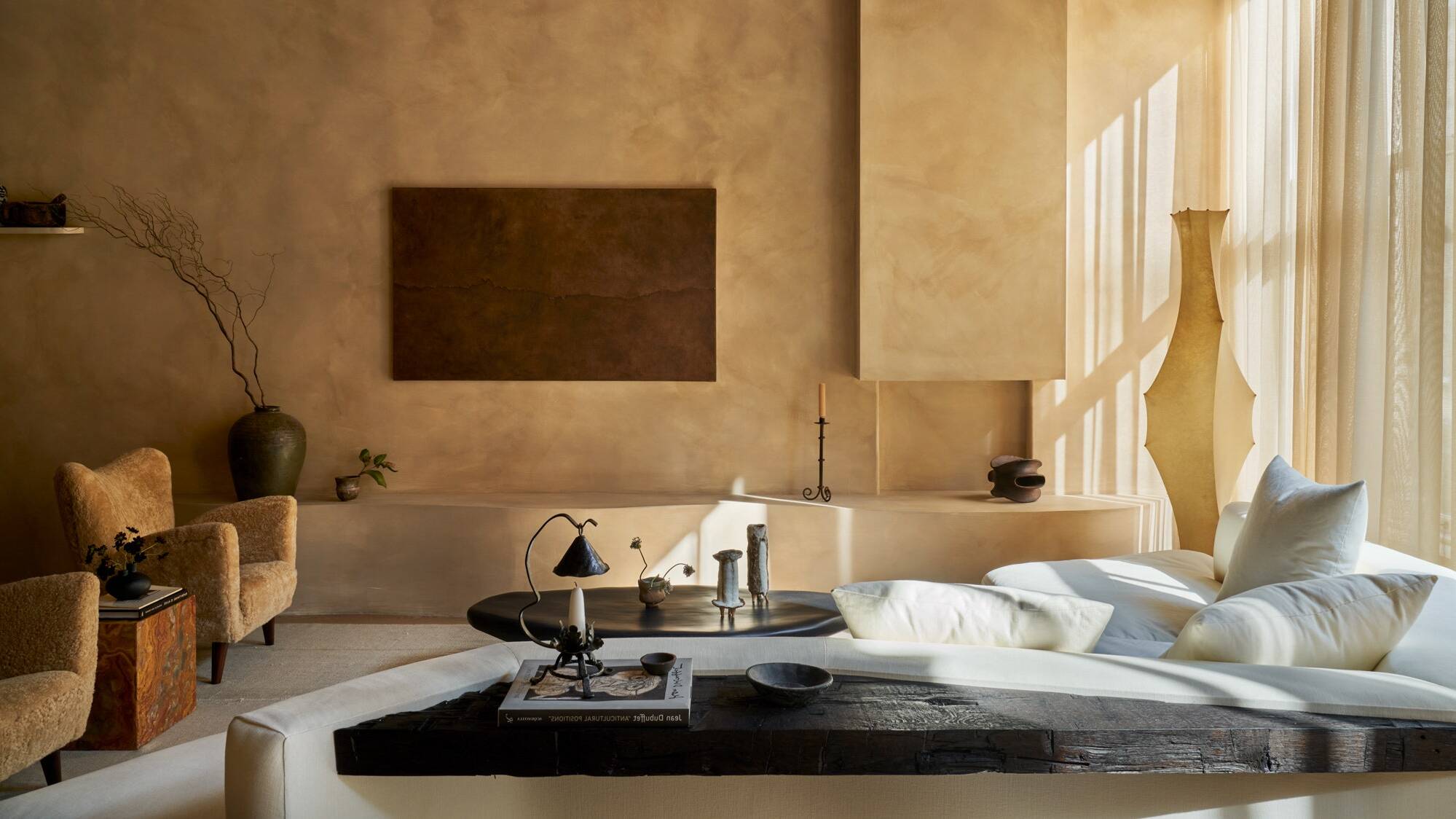

Ideas and Tips
Designing A Relaxing Meditation Space At Home
Published: November 3, 2024
Create a serene sanctuary at home with our guide to designing a relaxing meditation space. Discover tips for location, decor, and comfort.
(Many of the links in this article redirect to a specific reviewed product. Your purchase of these products through affiliate links helps to generate commission for Storables.com, at no extra cost. Learn more)
Creating a meditation space at home can be a transformative experience, helping you cultivate mindfulness, reduce stress, and enhance your overall well-being. A dedicated meditation area can serve as a sanctuary where you can retreat from the chaos of daily life and connect with your inner self. In this article, we will explore the essential steps and tips for designing a relaxing meditation space that suits your needs and preferences.
Choosing the Best Place for Your Meditation Space
The first step in creating a meditation space is to select the right location. Ideally, you want to choose a spot that is quiet, away from the traffic zone, and not used for sleeping, working, cooking, or watching anything on screens. This will help minimize distractions and ensure that you can focus on your meditation practice without interruptions.
Considerations for Location:
- Privacy: A dedicated meditation space should offer some level of privacy. This could be achieved by choosing a room or corner that is not frequently used by others in the household.
- Natural Light: While natural light can be beneficial, it may not always be ideal for meditation. If your chosen space receives direct sunlight, consider adding curtains or blinds to control the light intensity.
- Noise: Choose a location that is away from noisy areas such as kitchens, living rooms, or hallways. If you live in a noisy environment, consider using soundproofing materials or noise-canceling headphones.
Maximizing Privacy and Minimizing Distraction
Privacy and minimal distraction are crucial for an effective meditation practice. Here are some tips to maximize your privacy and minimize distractions:
Maximizing Privacy:
- Dedicated Room: If possible, dedicate an entire room to your meditation space. This will provide the most privacy and create a clear boundary between your meditation area and other parts of the home.
- Corner or Nook: If a dedicated room is not feasible, consider creating a meditation corner or nook in a quiet area of your home.
Minimizing Distractions:
- Soundproofing: Use soundproofing materials like rugs, acoustic foam panels, or heavy tapestries to absorb sound and create a more peaceful environment.
- Visual Clutter: Keep the space clutter-free to avoid visual distractions. A clean and tidy environment will help you focus better during meditation.
Maintaining a Clean and Tidy Meditation Space
A clean and tidy meditation space is essential for creating a relaxing atmosphere. Here are some tips to maintain your space:
Decluttering:
- Regularly declutter your meditation space to prevent it from becoming a dumping ground for excess items. This will help keep the area calm and free from visual distractions.
Cleaning Routine:
- Incorporate your meditation space into your regular cleaning routine. A clean environment will contribute to a more relaxed state of mind.
Choosing Calming Decor
Decorating your meditation space is an exciting part of the process, allowing you to personalize the area to suit your preferences. Here are some tips for choosing calming decor:
Natural Materials:
- Incorporate natural materials such as cotton, bamboo, linen, wood, or stone into your decor. These materials tend to look and feel more high-quality, enhancing the atmosphere of interior spaces.
Simple Decor:
- Opt for minimalist spaces that are more conducive to relaxation than cluttered ones. Consider dedicating a small table or shelf for a collection of decor items and keep the rest of the area clear to maintain an organized and calming atmosphere.
Calming Colors:
- Choose colors that make you feel calm and peaceful. Pale, neutral colors such as white or beige can create a pure and serene environment. Alternatively, you can opt for colors associated with relaxation like blue or green.
Wall Art:
- Hang wall art that triggers feelings of calmness or introspection. Nature-themed artwork or handmade wall hangings can be particularly effective in creating a peaceful ambiance.
Accessories:
- Include accessories such as crystals, spiritual figurines (like Buddha statues), dreamcatchers, or handmade pottery to add a personal touch to your space.
Bring in Nature:
- Surround yourself with nature by including houseplants, flowers, terrariums, or accessories made from unprocessed materials. This will help you feel connected to the earth and promote a sense of well-being.
Maximizing Your Comfort
Meditation is most effective when you're comfortable. Here are some tips to maximize your comfort:
Comfortable Seating:
- Choose seating that supports your body and promotes good posture. A high-quality meditation cushion or an ergonomic chair can be particularly beneficial for extended meditation sessions.
Temperature Regulation:
- Ensure your space is comfortable in terms of temperature. Use cushions and blankets to regulate your body temperature during meditation.
Focal Point:
- Create a focal point in your space, such as a photo or symbol that holds special meaning for you. This can help you focus during meditation and provide an additional layer of personalization.
Creating a Relaxing Environment with Sound
Sound plays a significant role in creating a relaxing environment for meditation. Here are some tips for incorporating sound into your space:
Background Sounds:
- Use background sounds like nature sounds, white noise, or soft music to mask unwanted noise and enhance the meditation experience. A sound machine or an app designed for meditation music can be very effective in creating this ambiance.
Incense and Candles:
- Incorporate incense sticks or scented candles to introduce calming fragrances like lavender, sandalwood, or eucalyptus into your space. Ensure proper ventilation when using these items to avoid any discomfort.
Lighting:
- Use soft lighting from lamps rather than overhead lighting to create a warm and relaxing atmosphere. Himalayan Salt Lamps are particularly popular for their calming effects.
Incorporating Natural Elements
Incorporating natural elements into your meditation space can help you feel more connected to the earth and promote relaxation. Here are some tips:
Plants and Flowers:
- Bring in flowers, branches, rocks, and green plants to add natural elements to your space. These can be placed on shelves or in terrariums to create a calming environment.
Zen Garden:
- Create a mini zen garden using a bowl of sand with a miniature rake. This can provide an engaging focal point while also promoting mindfulness.
Personal Touches
Adding personal touches to your meditation space can make it uniquely yours and more inviting. Here are some ideas:
Family Photos:
- Include family photos or other personal mementos that inspire and comfort you. These can serve as reminders of loved ones and add emotional depth to your space.
Spiritual Statues:
- Place spiritual statues like Buddha statues or other meaningful symbols in strategic locations within your space. These can help you connect with higher states of consciousness during meditation.
Meaningful Quotes:
- Frame inspirational quotes or create your own wall art using inexpensive fabric. This can add an extra layer of personalization to your space while promoting mindfulness.
Consistency and Habit Formation
Creating a meditation space is not just about setting up an area; it's also about establishing a consistent routine that makes meditation a habitual part of your daily life. Here’s how you can achieve this:
Routine Association:
- Associate the action of entering your meditation space with meditating. Over time, your brain will begin to link these two actions together, making it easier to get into a meditative state.
Trigger Events:
- Use specific objects or scents within your space that trigger relaxation and mindfulness. For example, lighting incense or using a singing bowl can become associated with meditation, helping you get into the right mindset more quickly.
Conclusion
Designing a relaxing meditation space at home is an investment in your mental and emotional well-being. By following these tips—choosing the right location, maximizing privacy and comfort, creating a calming environment with sound and decor, incorporating natural elements, adding personal touches, and establishing a consistent routine—you can create a sanctuary that supports your meditation practice and enhances your overall quality of life.
Remember that while meditation has numerous benefits, it should not replace medical treatment for serious health concerns. It can, however, be a valuable tool when used alongside other therapies to promote holistic health and well-being.
By dedicating time and effort into designing your meditation space thoughtfully, you'll find that it becomes an integral part of your daily routine—a place where you can retreat from the world and connect with yourself on a deeper level.
Was this page helpful?
At Storables.com, we guarantee accurate and reliable information. Our content, validated by Expert Board Contributors, is crafted following stringent Editorial Policies. We're committed to providing you with well-researched, expert-backed insights for all your informational needs.
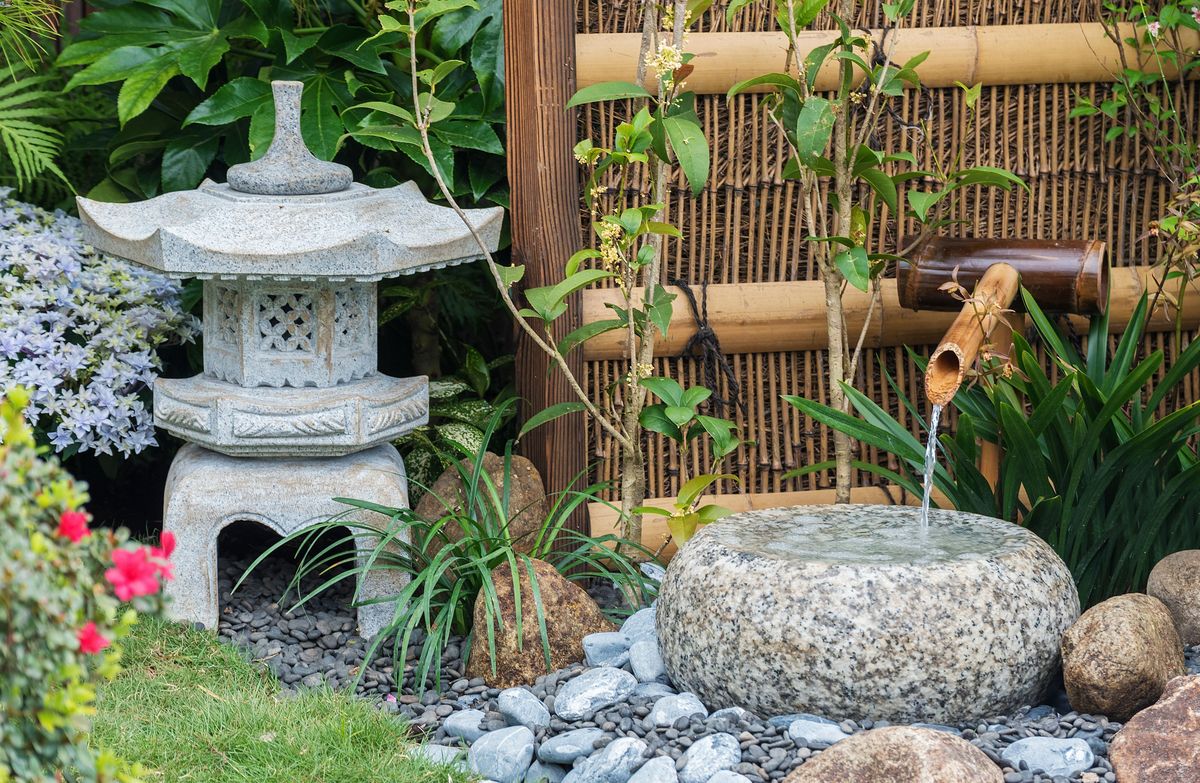
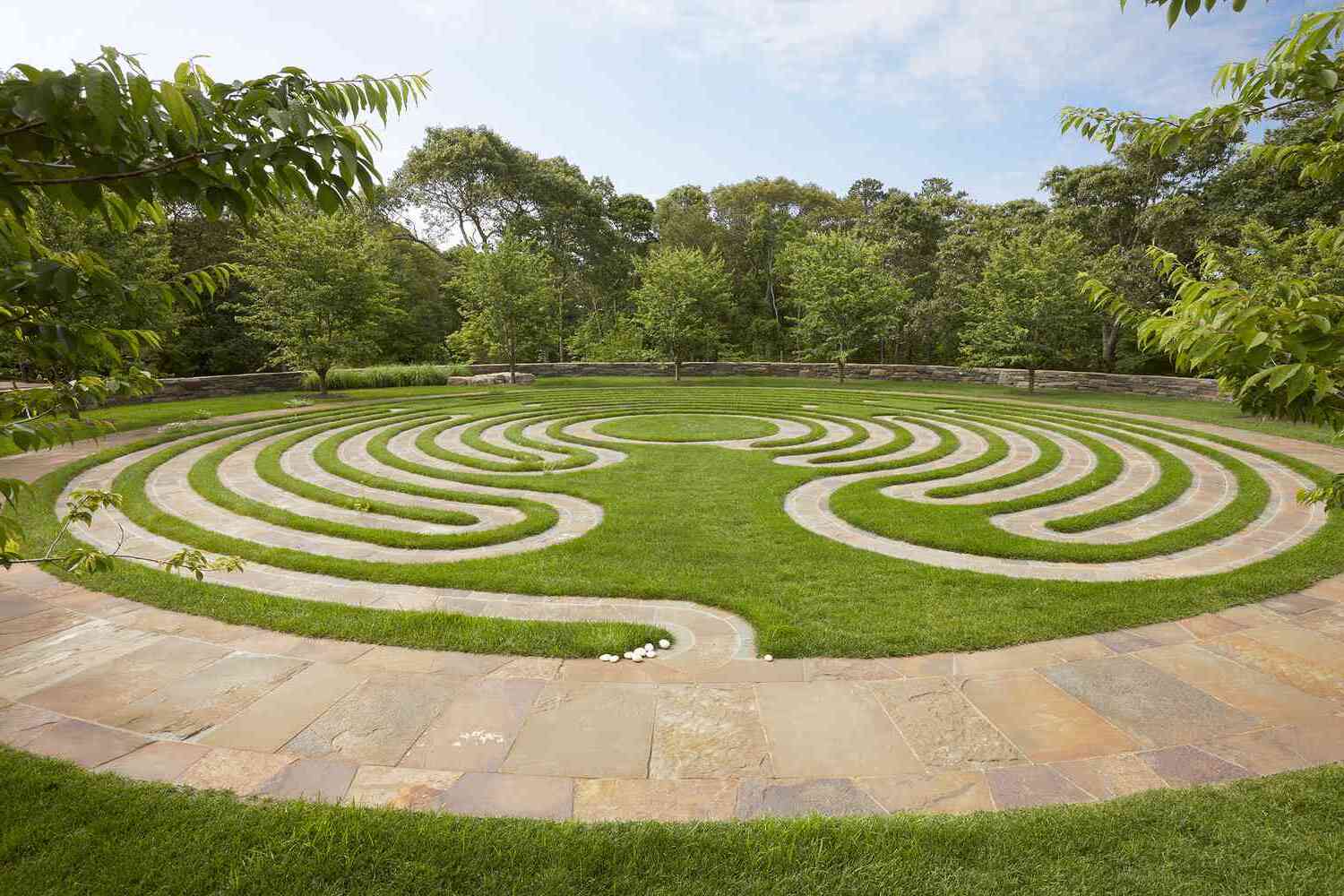
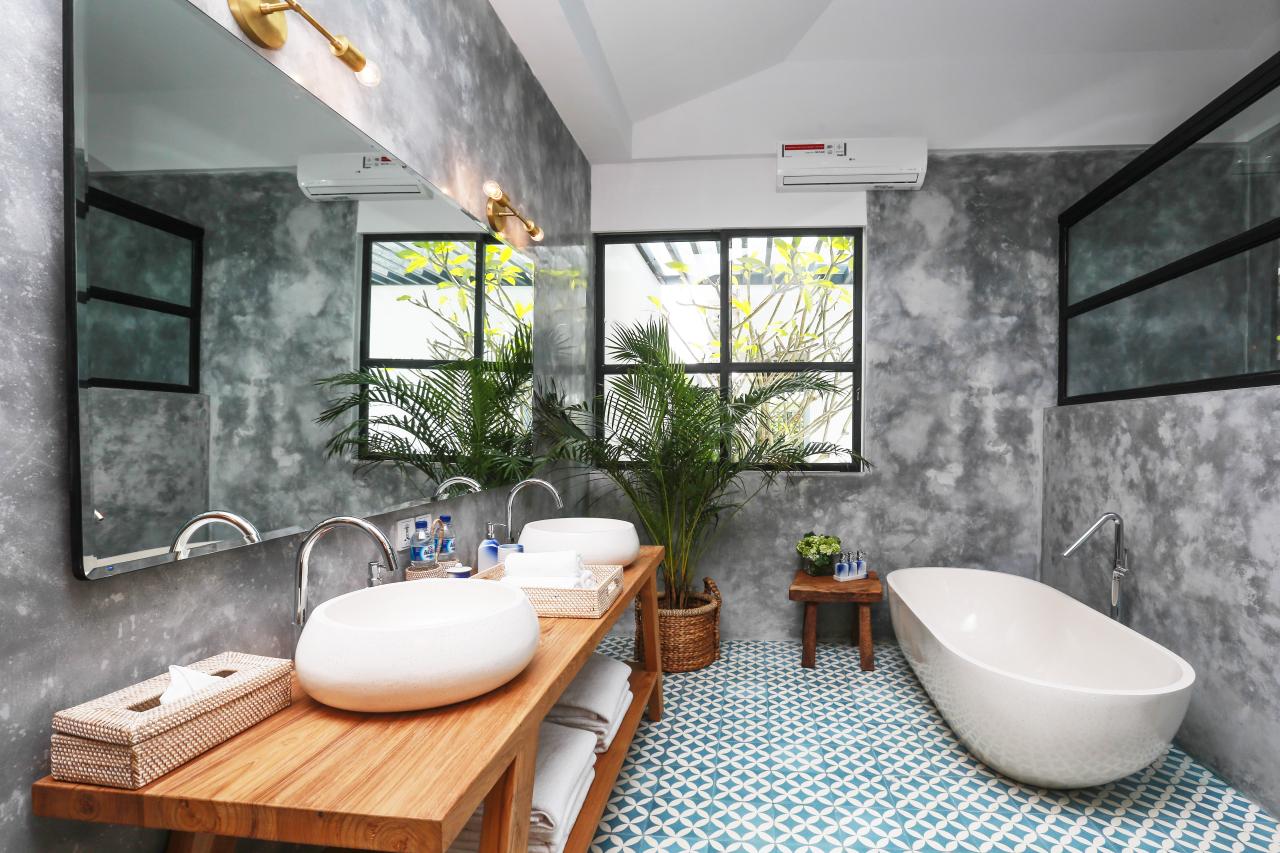
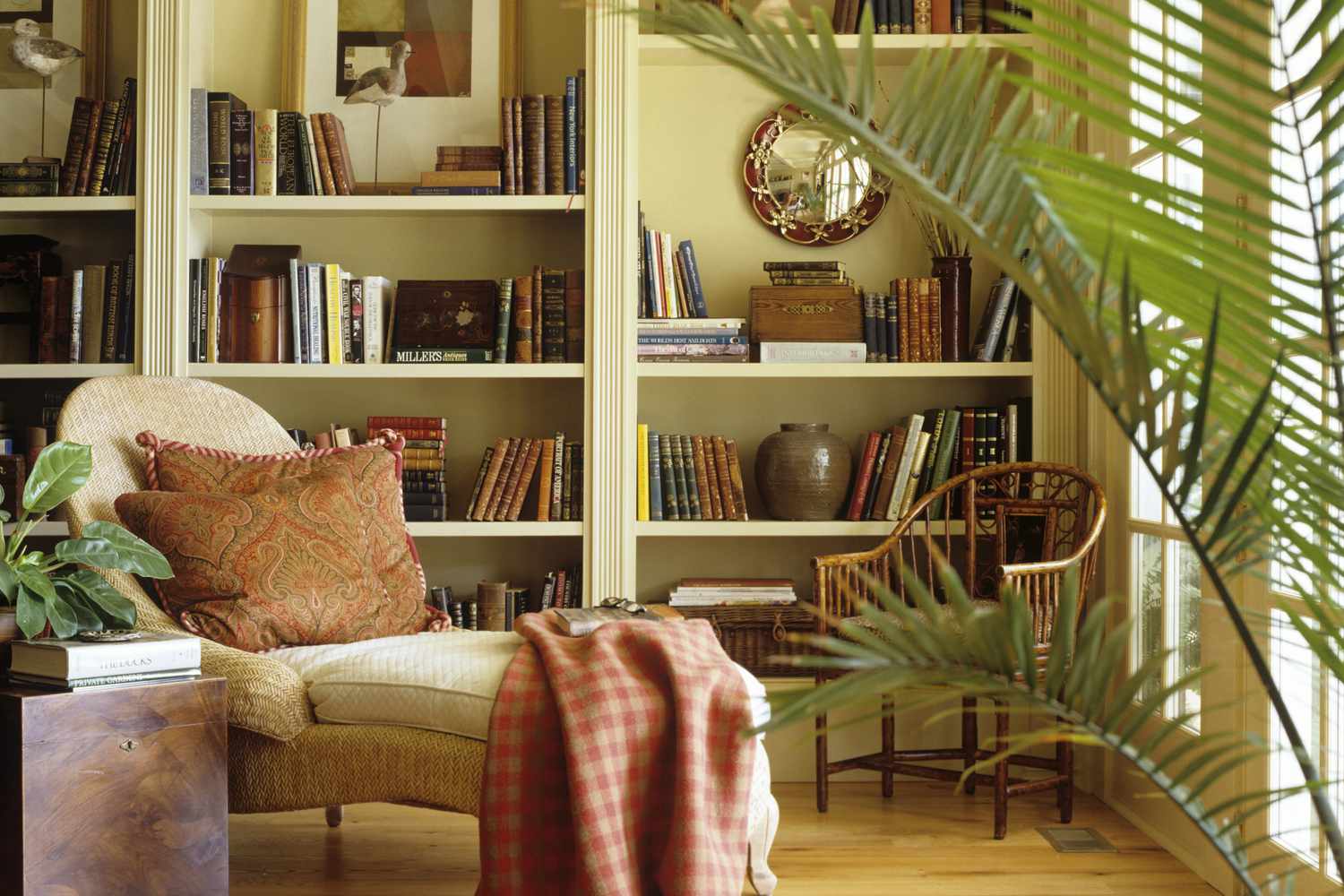
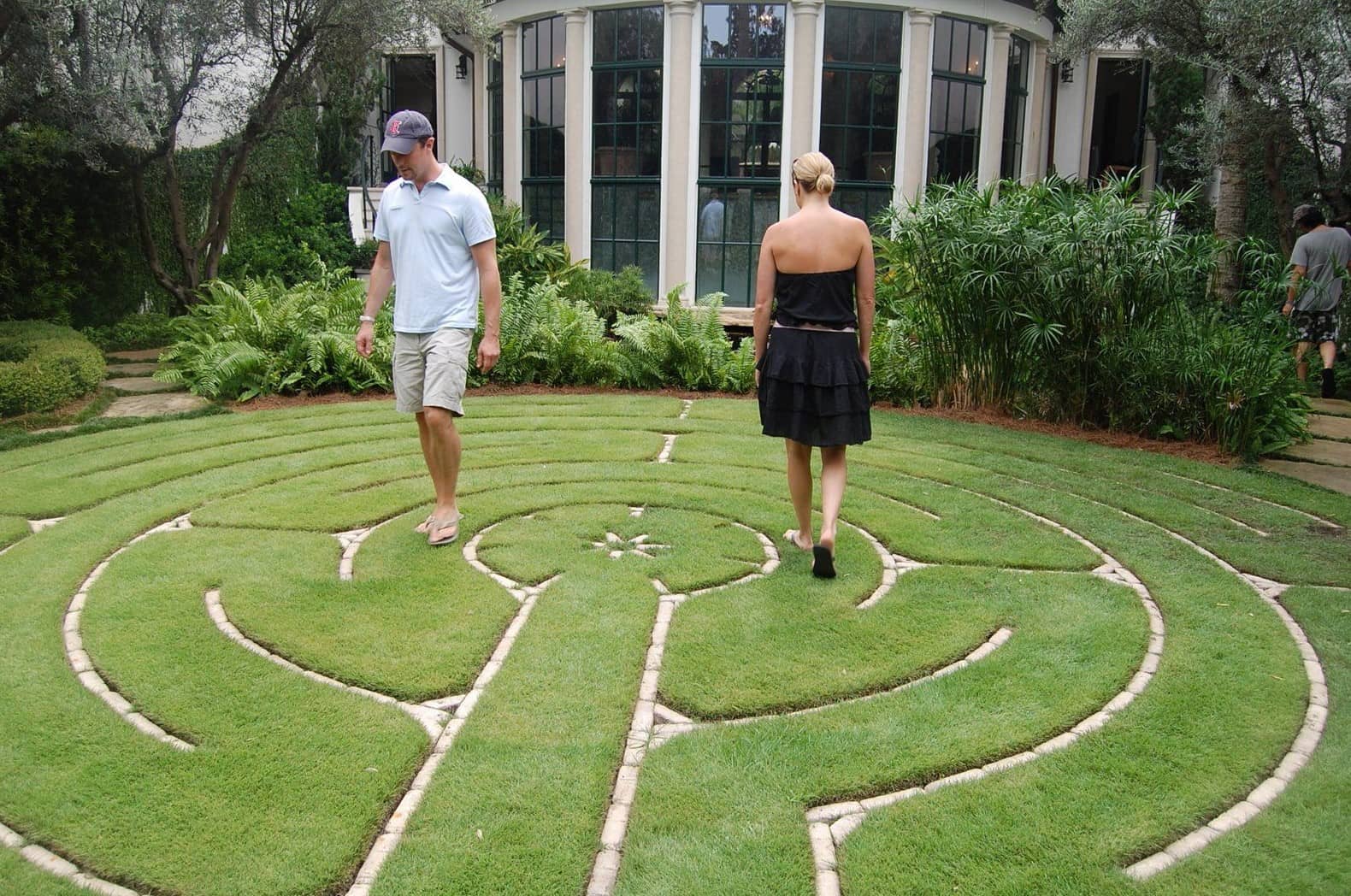
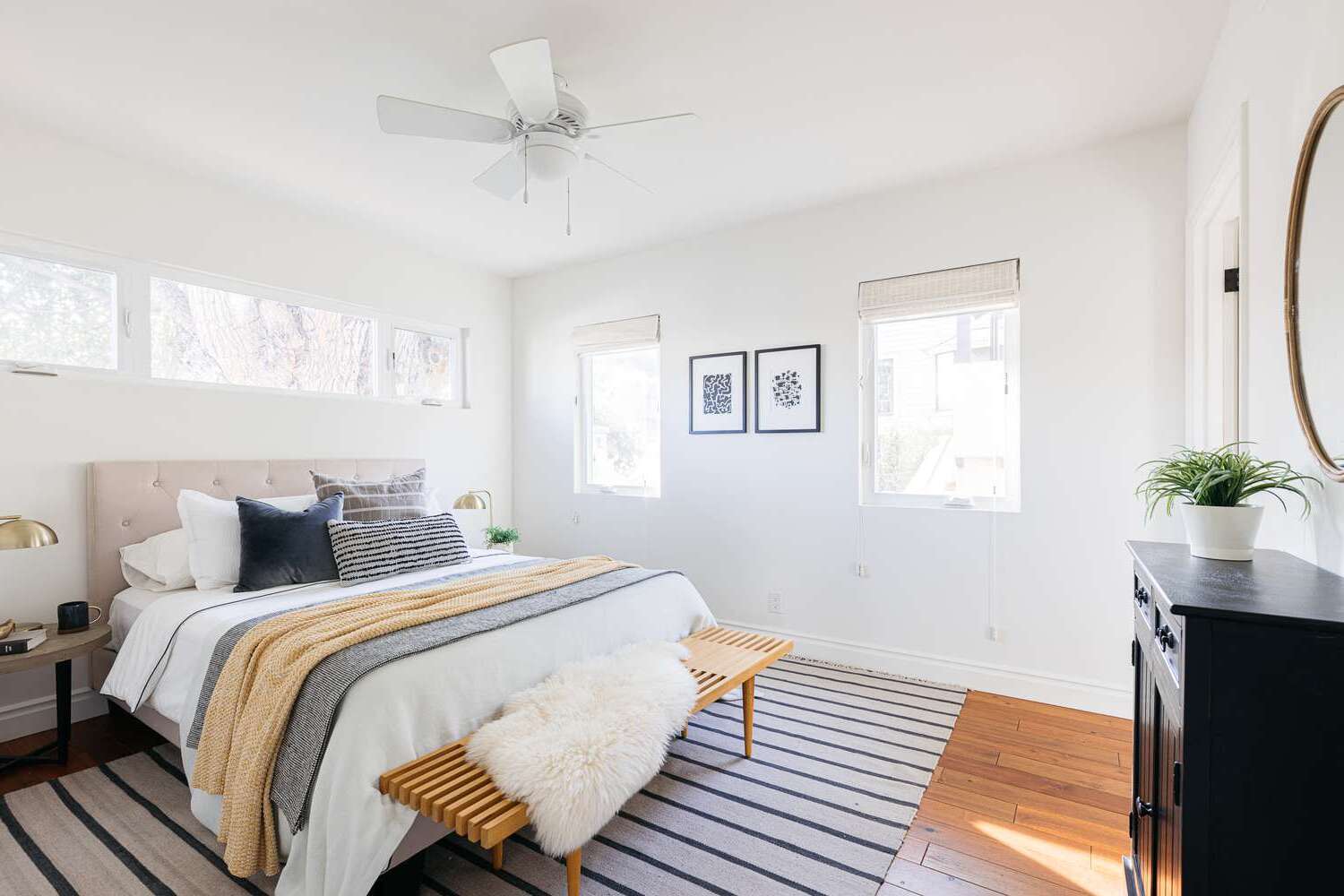
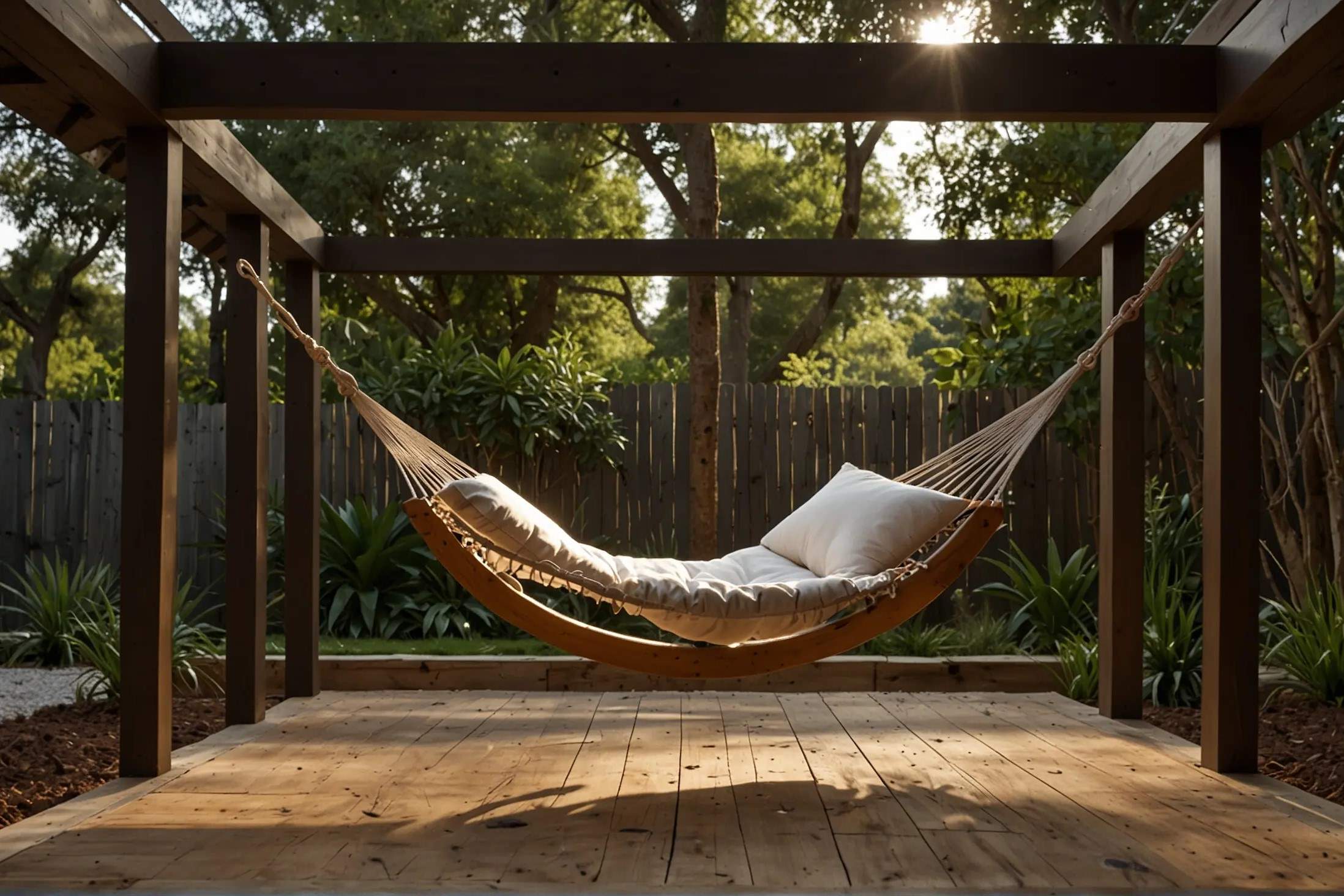
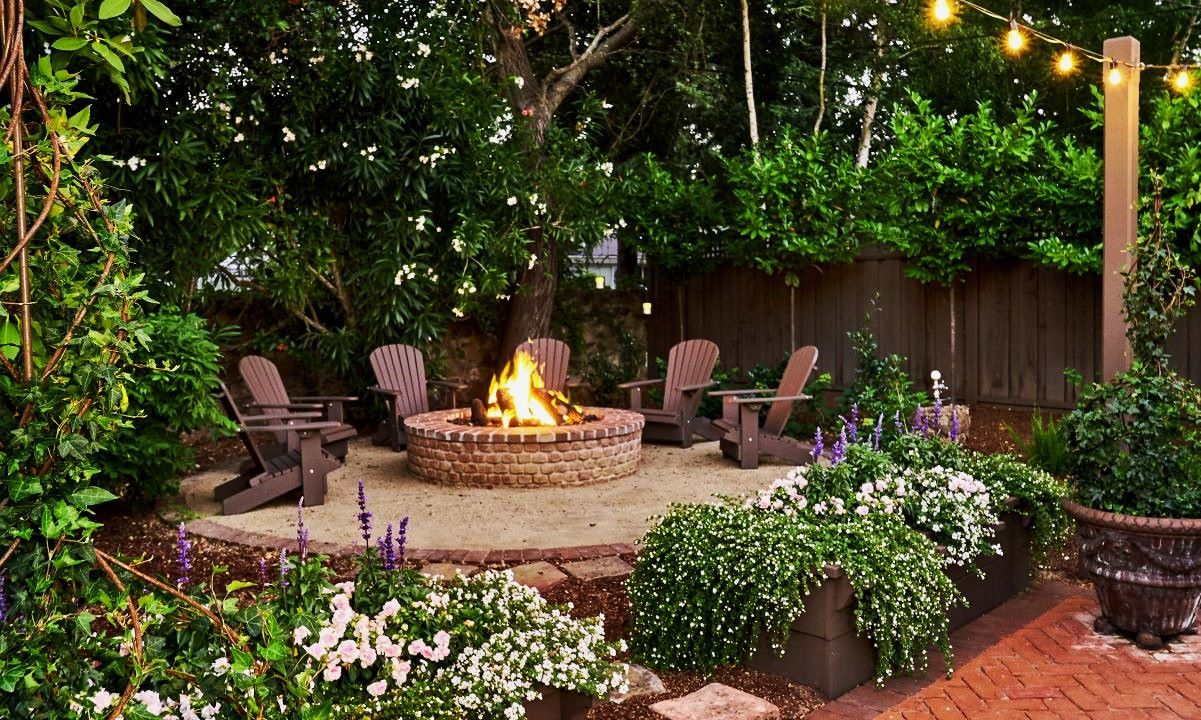
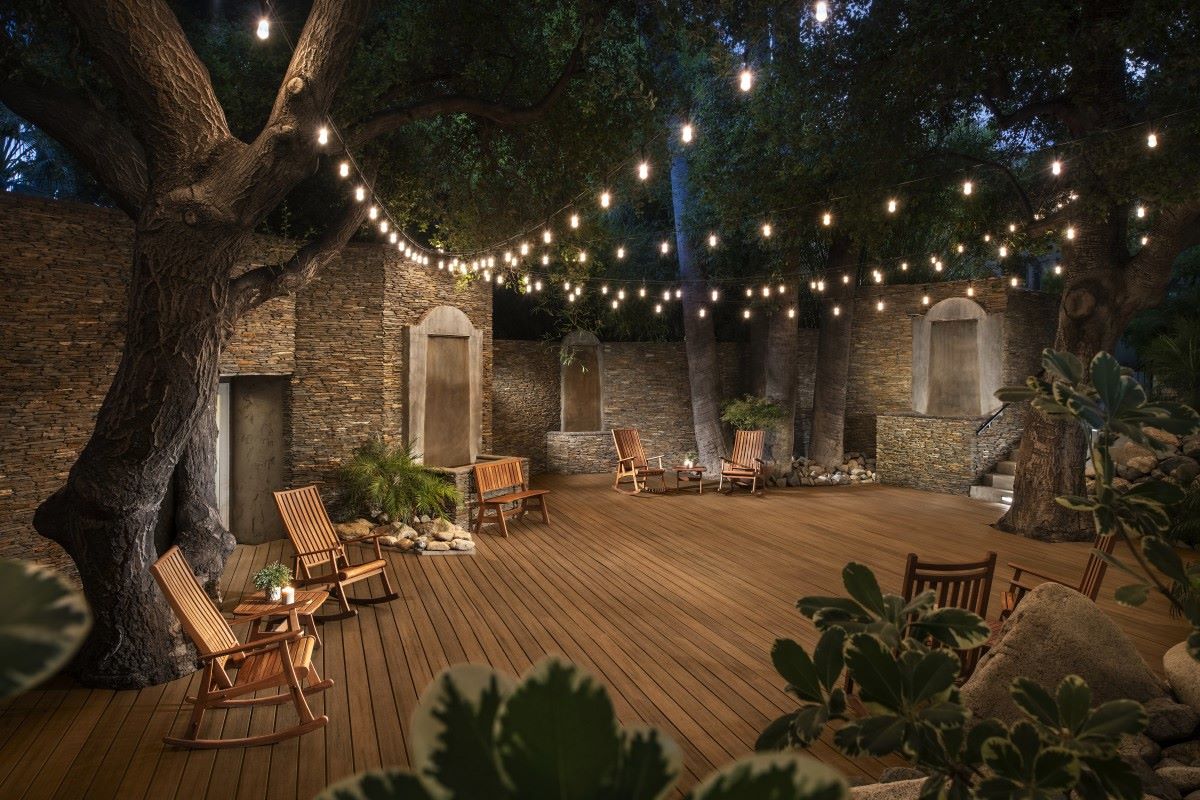
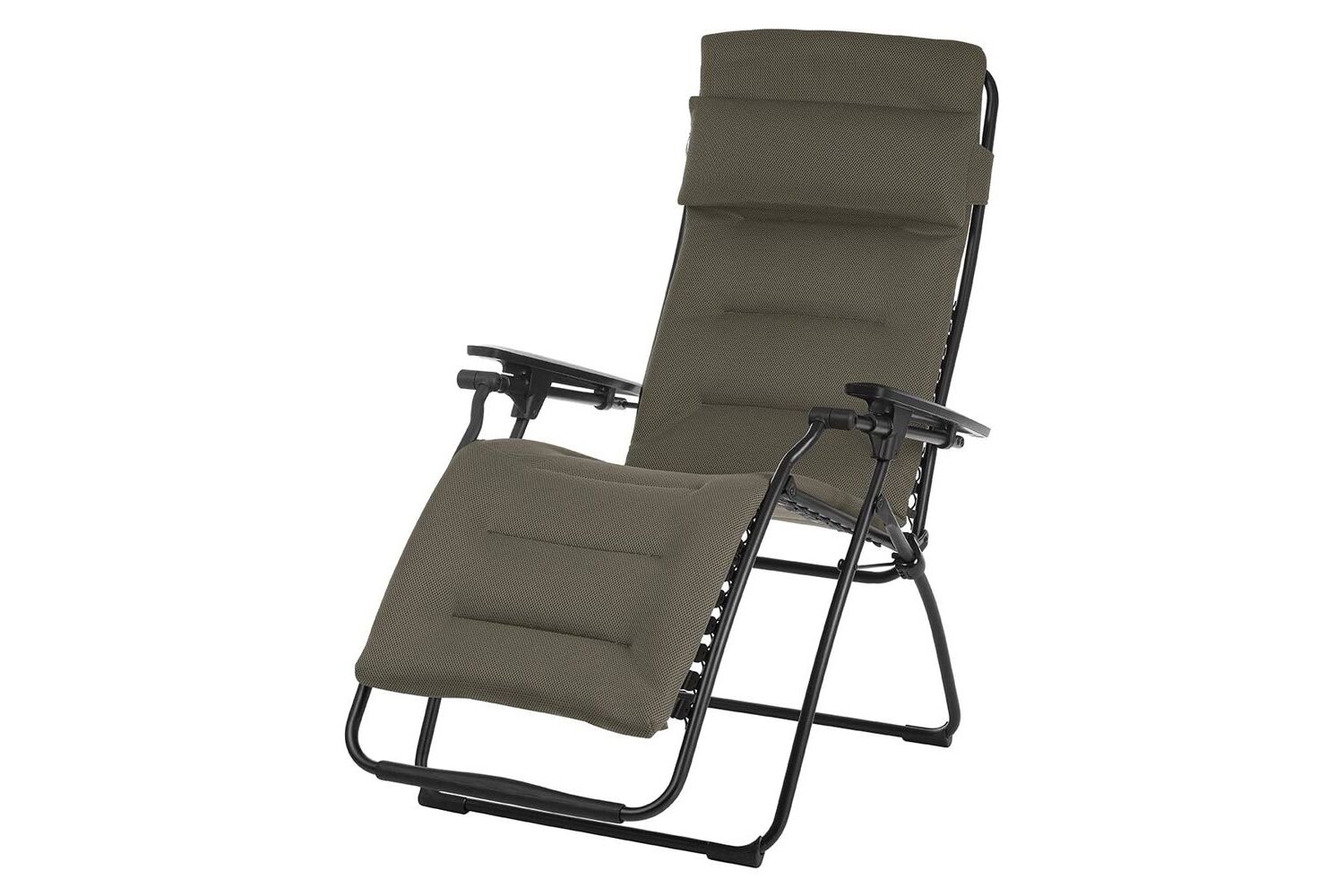
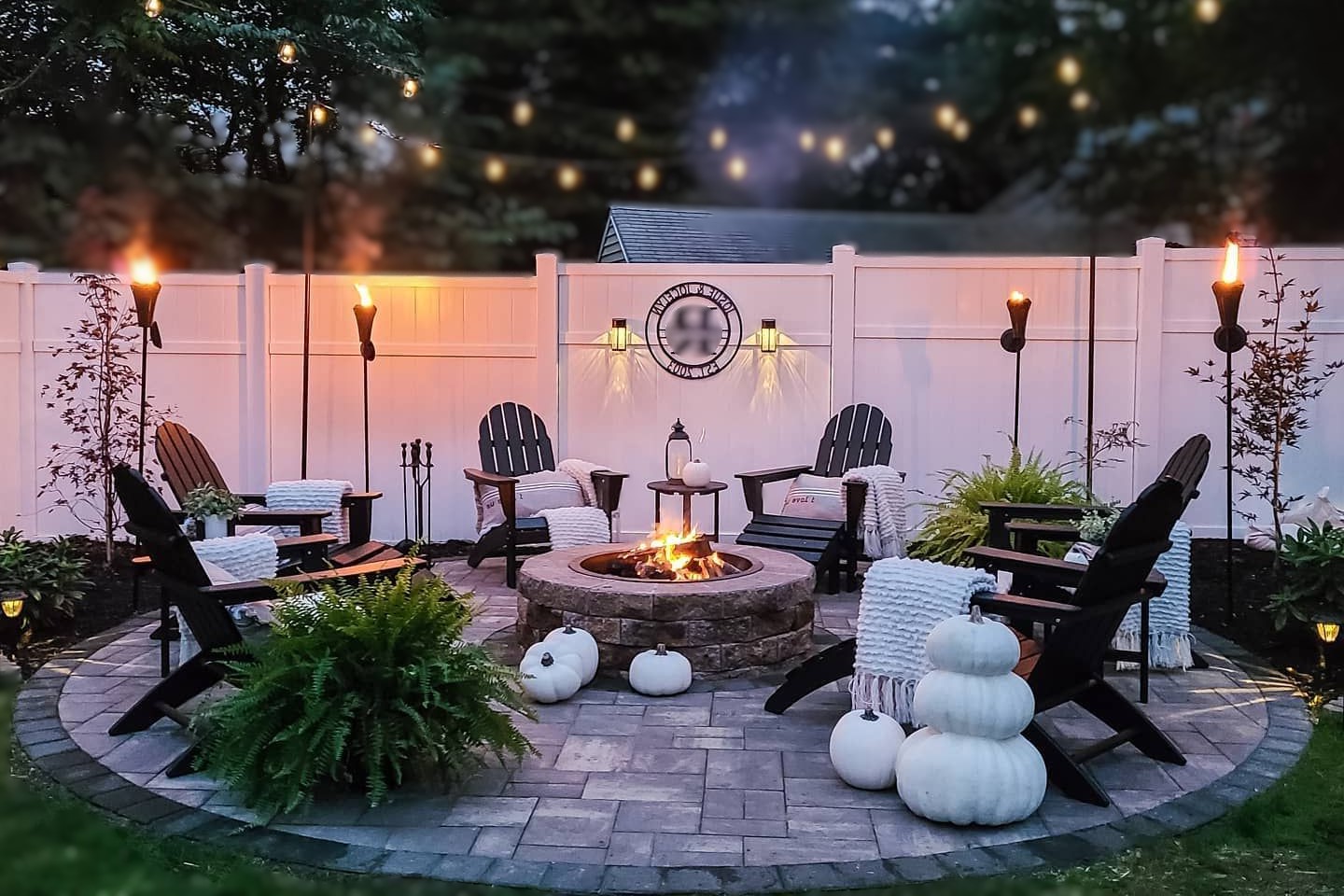
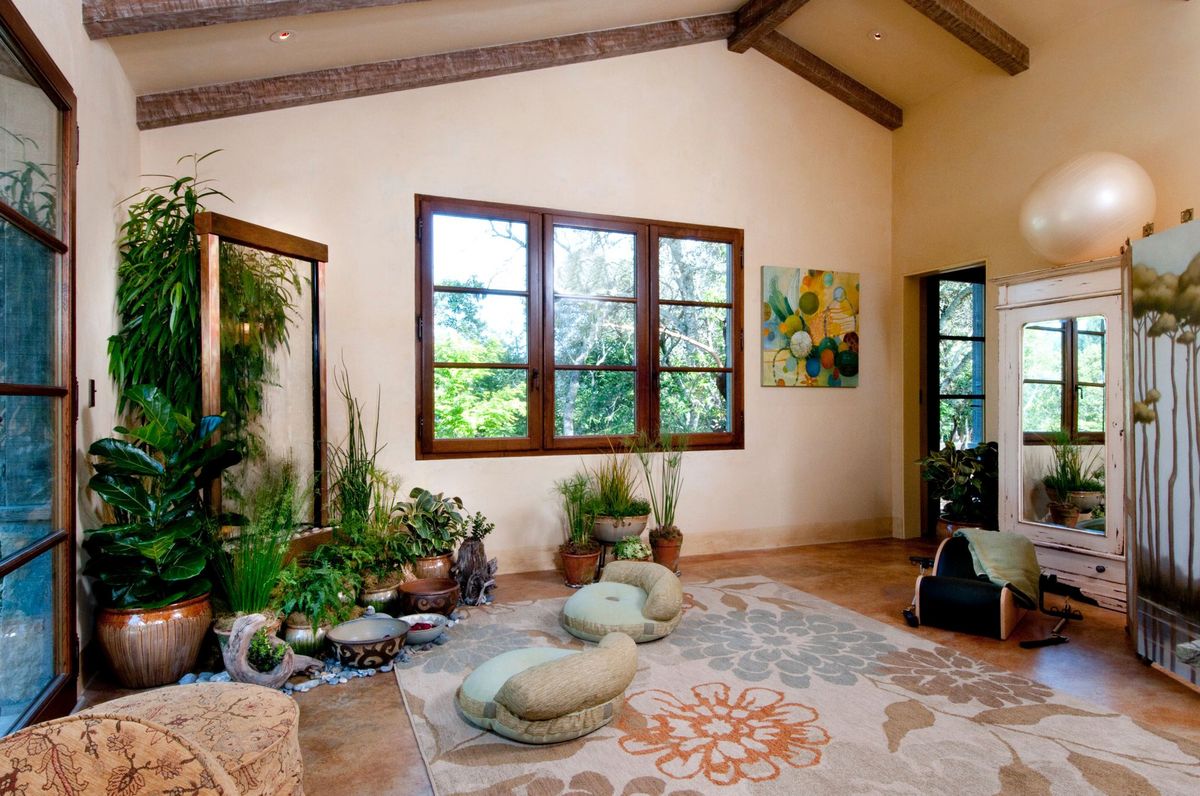


0 thoughts on “Designing A Relaxing Meditation Space At Home”